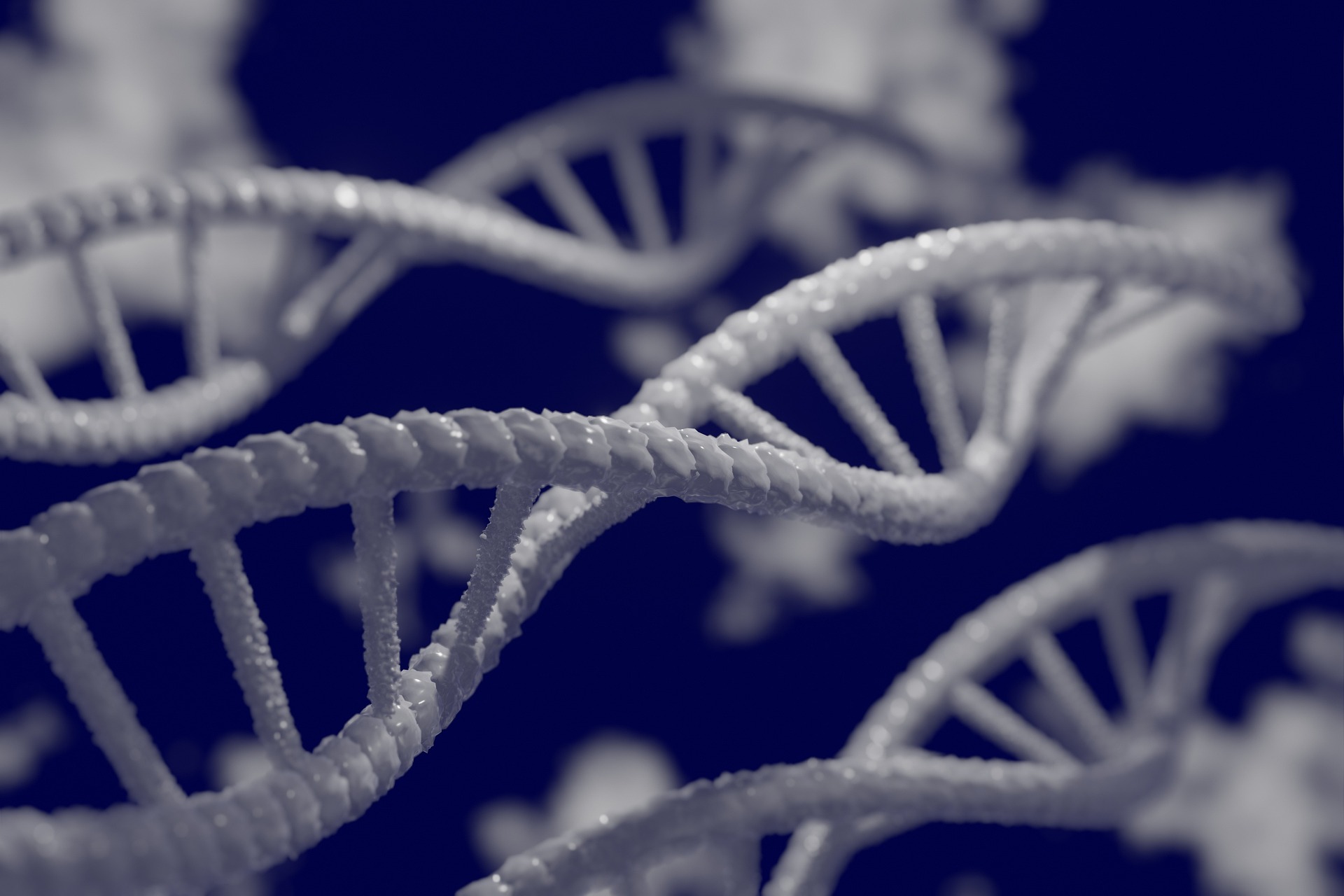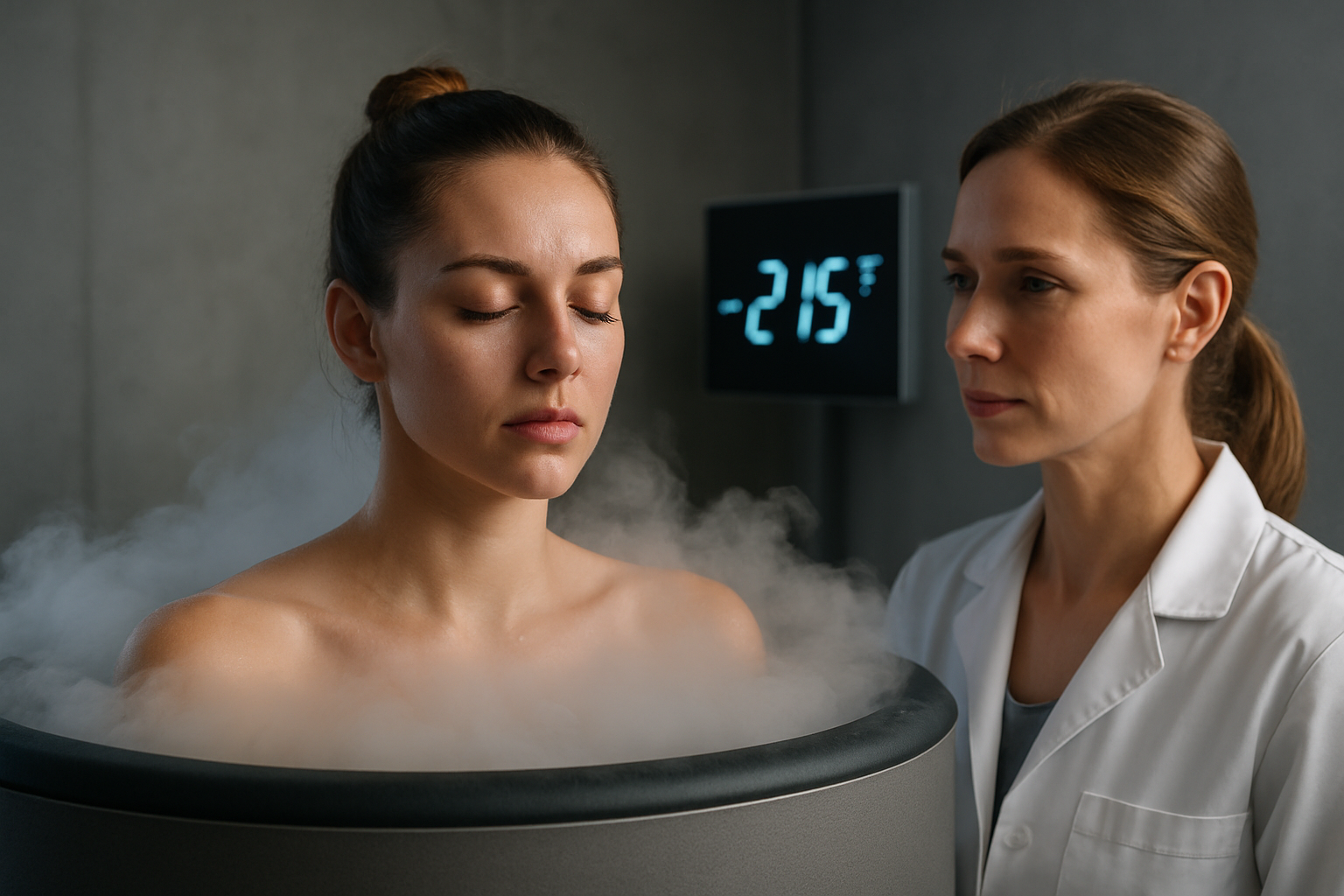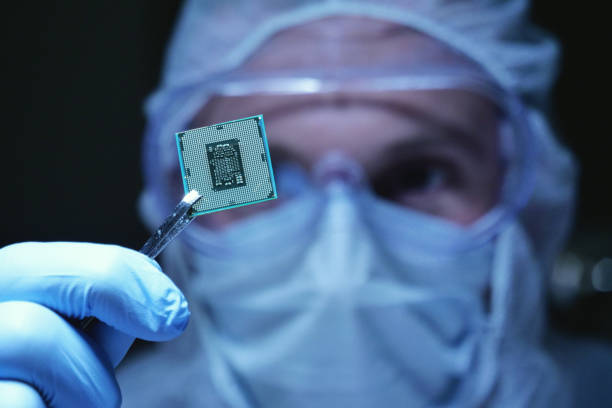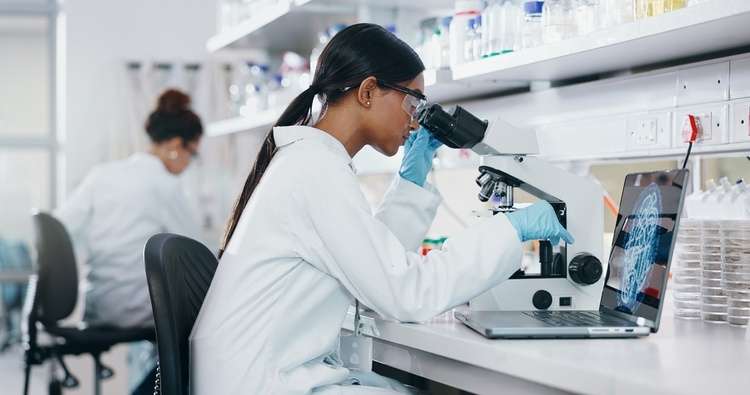Biohacking Beauty: The Science of Cellular Rejuvenation
In the ever-evolving world of beauty and wellness, a groundbreaking approach is emerging that promises to revolutionize how we think about aging and skin health. Biohacking beauty, a cutting-edge fusion of biotechnology and cosmetic science, is rapidly gaining traction among forward-thinking individuals seeking to optimize their appearance from the inside out. This innovative field delves deep into the realm of cellular biology, leveraging advanced scientific techniques to enhance natural beauty at its most fundamental level. By tapping into the body's own regenerative processes, biohacking beauty aims to unlock the secrets of youthful, radiant skin without relying solely on traditional topical treatments. As we explore this fascinating intersection of science and beauty, we'll uncover how this approach is reshaping the future of skincare and challenging long-held beliefs about the aging process.

The early pioneers of biohacking beauty were a diverse group of scientists, dermatologists, and tech entrepreneurs who saw the limitations of traditional skincare approaches. They recognized that while topical treatments could address surface-level concerns, true, lasting beauty needed to be cultivated from within. This realization led to a paradigm shift in how we approach skincare and anti-aging treatments.
As research in fields like epigenetics, proteomics, and metabolomics advanced, beauty biohackers gained new tools and insights to work with. They began exploring how factors like nutrition, sleep, stress, and environmental exposures could impact skin health at the cellular level. This holistic approach marked a significant departure from the symptom-focused treatments that had long dominated the beauty industry.
The Science Behind Cellular Rejuvenation
At the heart of biohacking beauty is the concept of cellular rejuvenation. This process involves stimulating the body’s natural repair mechanisms to reverse the signs of aging and improve overall skin health. One key area of focus is mitochondrial function. Mitochondria, often called the powerhouses of the cell, play a crucial role in energy production and cellular health.
As we age, mitochondrial function declines, leading to decreased energy production and increased oxidative stress. This, in turn, contributes to visible signs of aging like wrinkles, sagging skin, and loss of radiance. Biohacking beauty techniques aim to boost mitochondrial function through various means, including targeted supplementation, light therapy, and even genetic interventions.
Another important aspect of cellular rejuvenation is telomere maintenance. Telomeres are protective structures at the ends of our chromosomes that shorten with each cell division. When telomeres become critically short, cells enter a state of senescence, contributing to the aging process. Some biohacking beauty approaches focus on preserving telomere length through lifestyle modifications and cutting-edge therapies.
Nutrigenomics: Eating for Beauty
One of the most accessible and widely adopted aspects of biohacking beauty is nutrigenomics – the study of how nutrition influences gene expression. This field has revealed that certain foods and nutrients can have a profound impact on skin health and appearance by modulating the activity of genes involved in processes like collagen production, inflammation, and antioxidant defense.
For example, foods rich in polyphenols, such as berries, green tea, and dark chocolate, have been shown to activate sirtuins – a group of proteins that play a key role in cellular health and longevity. Similarly, omega-3 fatty acids found in fish and flaxseeds can help reduce inflammation and support the skin’s lipid barrier.
Nutrigenomic approaches to beauty often involve personalized nutrition plans based on an individual’s genetic profile. By analyzing specific genetic markers, practitioners can recommend tailored dietary interventions to optimize skin health and address individual concerns like acne, premature aging, or hyperpigmentation.
Epigenetic Skincare: Beyond DNA
While our genetic code provides the blueprint for our biology, epigenetics – the study of changes in gene expression that don’t involve changes to the DNA sequence – is revolutionizing our understanding of how we can influence our genes. In the context of biohacking beauty, epigenetic skincare is emerging as a powerful tool for combating the effects of aging and environmental damage.
Epigenetic skincare products typically contain ingredients that can influence gene expression to promote skin health. For example, some formulations include compounds that can activate genes involved in collagen production or inhibit those associated with inflammation. These products often work by modulating DNA methylation, histone modification, or non-coding RNA expression – key mechanisms of epigenetic regulation.
One exciting development in this area is the use of plant stem cell extracts. These extracts contain epigenetic factors that can help reprogram human skin cells, potentially reversing age-related changes and improving overall skin function. As research in this field progresses, we can expect to see increasingly sophisticated epigenetic skincare products that offer targeted, personalized solutions for a wide range of skin concerns.
Biometric Tracking and AI-Powered Skincare
The rise of wearable technology and artificial intelligence has opened up new possibilities in biohacking beauty. Advanced biometric tracking devices can now monitor various aspects of skin health in real-time, providing users with unprecedented insights into their skin’s condition and needs.
These devices can measure factors like hydration levels, sebum production, UV exposure, and even subcutaneous inflammation. By collecting and analyzing this data over time, AI algorithms can identify patterns and make personalized recommendations for skincare routines, lifestyle changes, and targeted treatments.
Some companies are taking this concept even further by developing smart skincare devices that can adjust their output based on real-time biometric data. For example, a smart face mask might alter its temperature or ingredient release based on the user’s current skin condition, time of day, or environmental factors.
This integration of technology and skincare represents a significant shift towards truly personalized beauty regimens. As these systems become more sophisticated, they promise to deliver highly tailored, data-driven solutions that evolve with the user’s changing needs.
The Future of Biohacking Beauty
As we look to the future, the potential of biohacking beauty seems limitless. Emerging technologies like CRISPR gene editing and nanotechnology are opening up new avenues for skin enhancement and regeneration. While these technologies are still in their infancy in terms of cosmetic applications, they hold immense promise for addressing a wide range of skin concerns at the genetic and cellular levels.
Another exciting area of development is the use of 3D bioprinting for personalized skincare. This technology could potentially allow for the creation of custom-made skin grafts or even entire organs, revolutionizing treatments for severe skin conditions and injuries.
As biohacking beauty continues to evolve, we can expect to see a growing emphasis on holistic, personalized approaches that consider the complex interplay between genetics, lifestyle, environment, and overall health. This shift towards a more integrative understanding of beauty and wellness is likely to blur the lines between traditional skincare, healthcare, and cutting-edge biotechnology.
In conclusion, biohacking beauty represents a paradigm shift in how we approach skin health and aging. By harnessing the power of science and technology, this innovative field is unlocking new possibilities for achieving radiant, youthful skin from the inside out. As research continues to advance and new technologies emerge, biohacking beauty is poised to transform the beauty industry and redefine our understanding of what it means to age gracefully.





